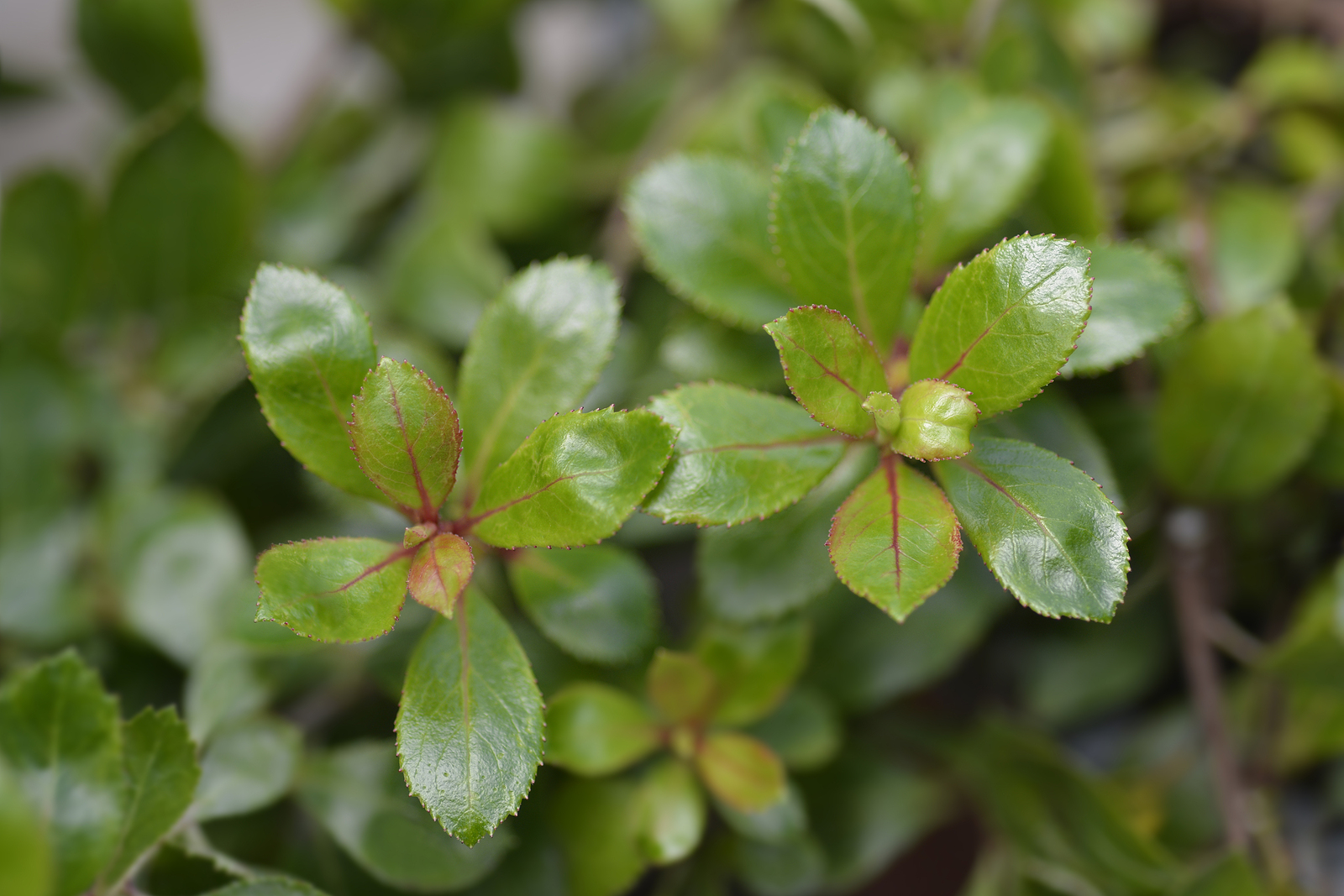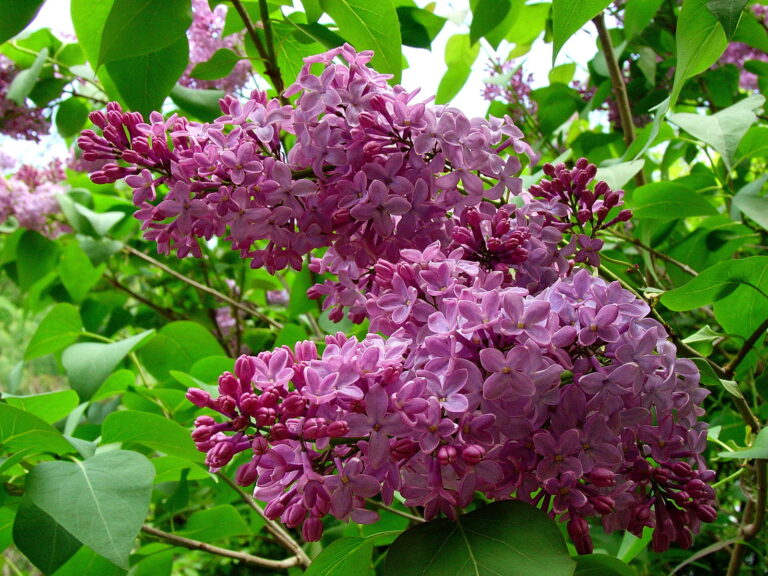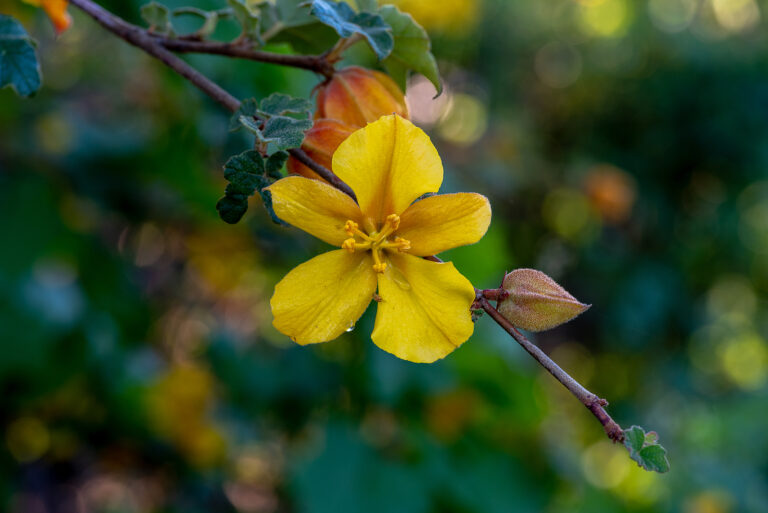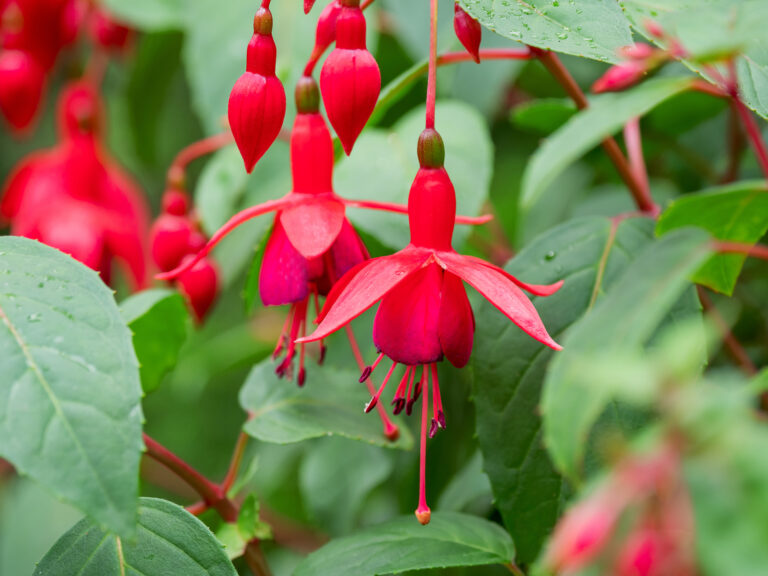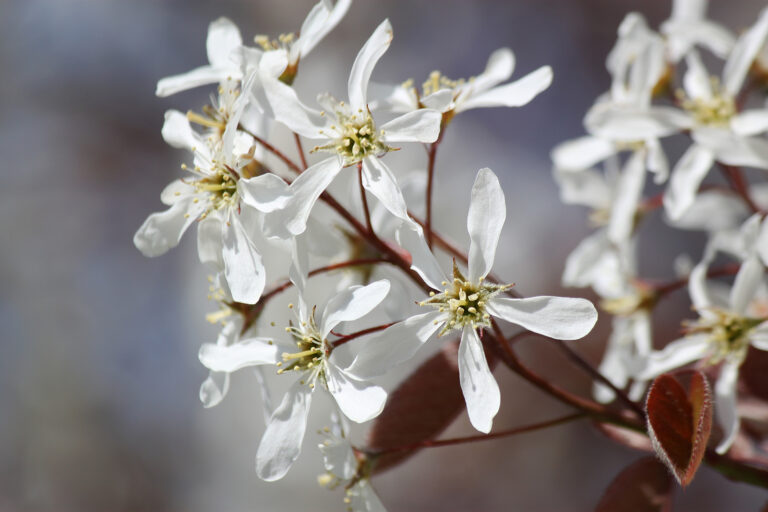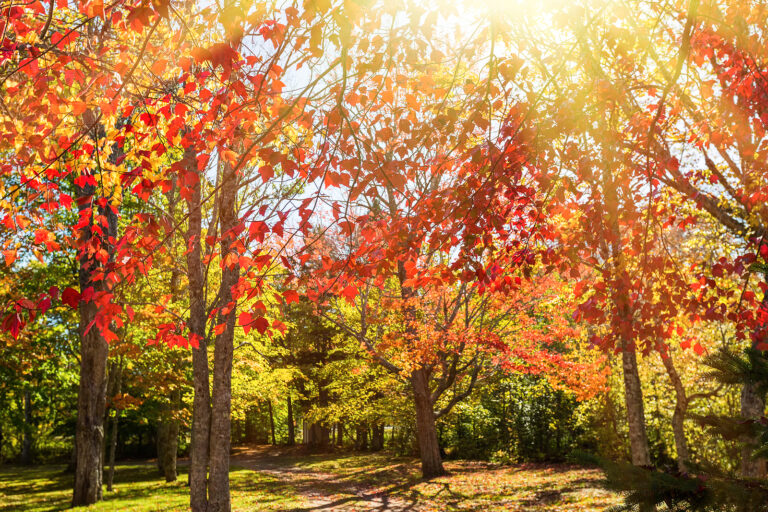How to Grow Escallonia
Escallonia is a genus of subtropical evergreen shrubs grown for their shiny, often aromatic foliage and long-blooming, funnel-shaped, five-petaled flowers.
Escallonia flowers freely over a long season mainly in summer. Flowers are white to pink or red. Escallonia leaves are glossy green and broadly oval. They appear alternately or whorled.
Escallonia can be grown as a foundation plant, in a shrub border, hedge, or screen. Escallonia can be grown as a windbreak and also does well in coastal regions.
Escallonia is a genus of approximately 50 species of evergreen shrubs, most from South America
Get to know Escallonia
- Plant type: Evergreen shrubs
- Growing zones and range: Zones 8 and 9
- Hardiness: Plants may freeze badly at 10°F to 15°F (-12°C to -9°C) but will recover quickly.
- Height and width: Grows to 8 feet (2.5m) tall and wide; there are dwarf varieties
- Foliage: Handsome, glossy leaves are lightly toothed; foliage of some exudes a resinous fragrance.
- Flowers: Clusters of small (to 1 inch) flowers appear in summer and fall (nearly year-round in mild climates).
- Bloom time: Summer
- Uses: Fast-growing plants look good year-round in a border or as a screen; flowers attract butterflies
- Common name: Escallonia
- Botanical name: Escalloniaceae
- Family name: Grossulariaceae
- Origin: Native to South America, principally Chile.
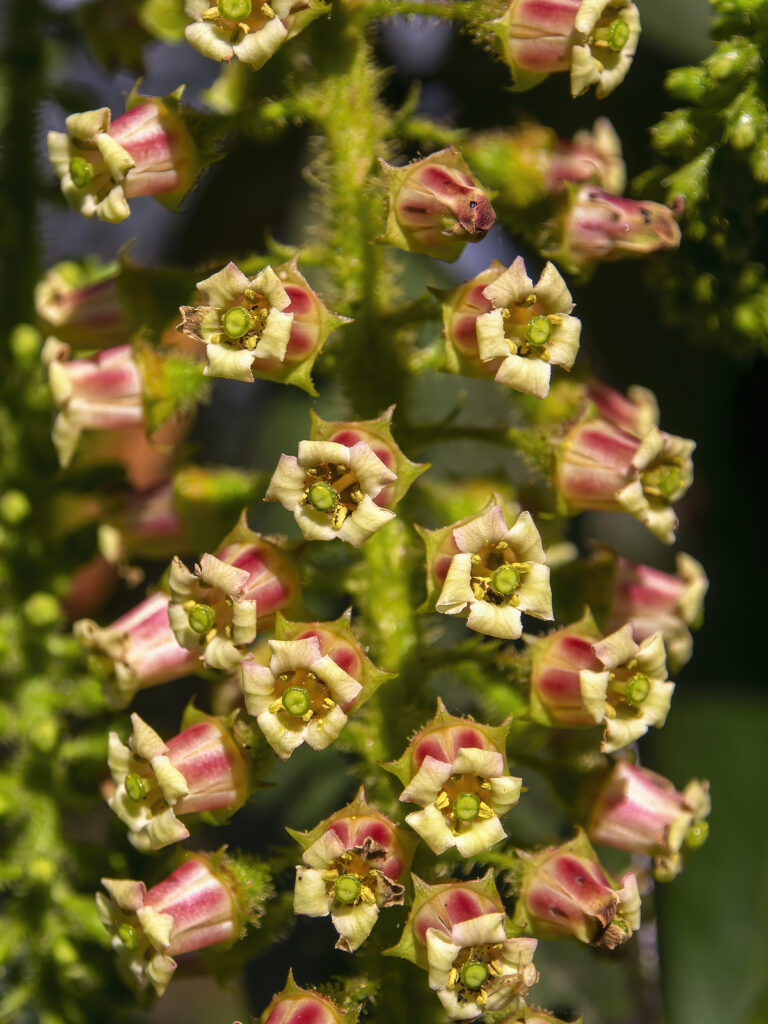
Where to plant Escallonia
- Plant Escallonia in full sun, partial shade in hot summer regions.
- Plant Escallonia in humus-rich, well-drained soil. Escallonia will grow in moist soils except soils that are highly alkaline.
- Shelter Escallonia from cold, drying winds.
- Escallonia can withstand coastal conditions.
When to plant Escallonia
- Set container-grown Escallonia outdoors in spring or autumn.
Planting and spacing Escallonia
- Space Escallonia 8 feet (2.5m) apart.
How to water and feed Escallonia
- Escallonia grow best with regular water; established plants can withstand some drought.
- Fertilize Escallonia with an all-purpose organic fertilizer in spring.
Escallonia care
- Escallonia does not require pruning; it can be pruned hard to correct shape or to restrict growth.
- Prune taller types by removing one-third of old wood each year after bloom, cutting to the base; or shape into multi-trunked trees.
- Tip-pinch smaller varieties to keep them compact.
- Escallonia can be sheared as formal hedges, but this may sacrifice some bloom.
Escallonia pests and diseases
- Escallonia is usually not bothered by pests or diseases.

Escallonia propagation
- Propagate from semihard cuttings.
- Take softwood cutting in ealry summer, semi-ripe cuttings in lare summer, and hardwood cuttings from late autumn to winter.
Escallonia varieties to grow
- Escallonia ‘Apple Blossom’. Dense growing shrub to 5 feet high and wide, sprawling unless pinched back. Bears large, pinkish white flowers that open from pink buds.
- E. bifida (E. montevidensis). White escallonia. Mid-size to large shrub, it can be kept 8 to 10 feet tall and wide; can be grown as a multitrunked small tree to 25 feet tall. Leaves are glossy, dark green; white flowers appear in large, rounded clusters at branch ends. Useful as a big screening plant. Many sold under this name are actually E. illinita, which grows to 10 feet tall with smaller flower clusters and a pronounced resinous odor.
- E. ‘C. F. Ball’. Upright, open grower; grow 5 to 8 feet tall and wide (pinch tips to keep to 3 feet tall). Glossy dark green leaves make a nice backdrop for the rich red flowers.
- E. x exoniensis ‘Frades’: Hybrid cross between E. rubra and another Chilean species is a dense strong erect shrub growing 12 feet tall or more with relatively small, glossy leaves. Profuse loose clusters of pink or rosy flowers cover it most of the year. It is often espaliered.
- E. ‘Jubilee’. Compact-growing shrub to 6 feet tall that is densely leafy right to the ground. Clustered pinkish to rose flowers. Set this variety 4 feet apart for informal hedge or screen.
- E. x langleyensis ‘Apple Blossom’: Apple blossom escallonia. Dense but sprawling shrub grows to 4 or 5 feet tall and produces large leaves. Profuse pale pink flowers with a white eye appear for many weeks from late spring to early fall.
- E. laevis (E. organensis). Pink escallonia. Leafy, dense-growing shrub to 12 to 15 feet tall and wide, with bronzy green leaves. Pink to red buds open into white to pink flowers in short, broad clusters. Use a large screen or train as a small tree. Leaves burn in seacoast wind and salt, as well as in high heat. Gold-leafed forms are sometimes offered.
- E. ‘Newport Dwarf’ (E. ‘Compakta’). Dense, uniform growth from 2 to 3 feet tall and twice as wide, with shiny, bright green leaves and rose-red flowers.
- E. ‘Pride of Donard’. Dense, mounding shrub to 5 feet tall and 8 feet wide, with glossy dark green leaves and large rose-pink flowers.
- E. ‘Red Elf’. Dense, spreading shrub to 8 feet tall and 12 feet wide; has inch-long, dark glossy green leaves and short clusters of deep red flowers.
- E. rubra: Upright shrub grows from 8 to 15 feet tall and wide; bears glossy dark green leaves and profuse 3-inch panicles of deep red flowers. ‘C. F. Ball’ will stay under 3 feet with some attention; ‘Crimson Spire’ is an upright grower with large, bright crimson flowers. E. r. macracantha is similar, but with rose-red flowers and a more sprawling shape. Much used as a screen or hedge, especially near the coast.
- E. virgata. Partially deciduous shrub grows to 6 feet tall and 8 feet wide; produces short clusters of pale rose or white flowers; hardiest escallonia—it does well in the frostiest parts of hardiness range.

